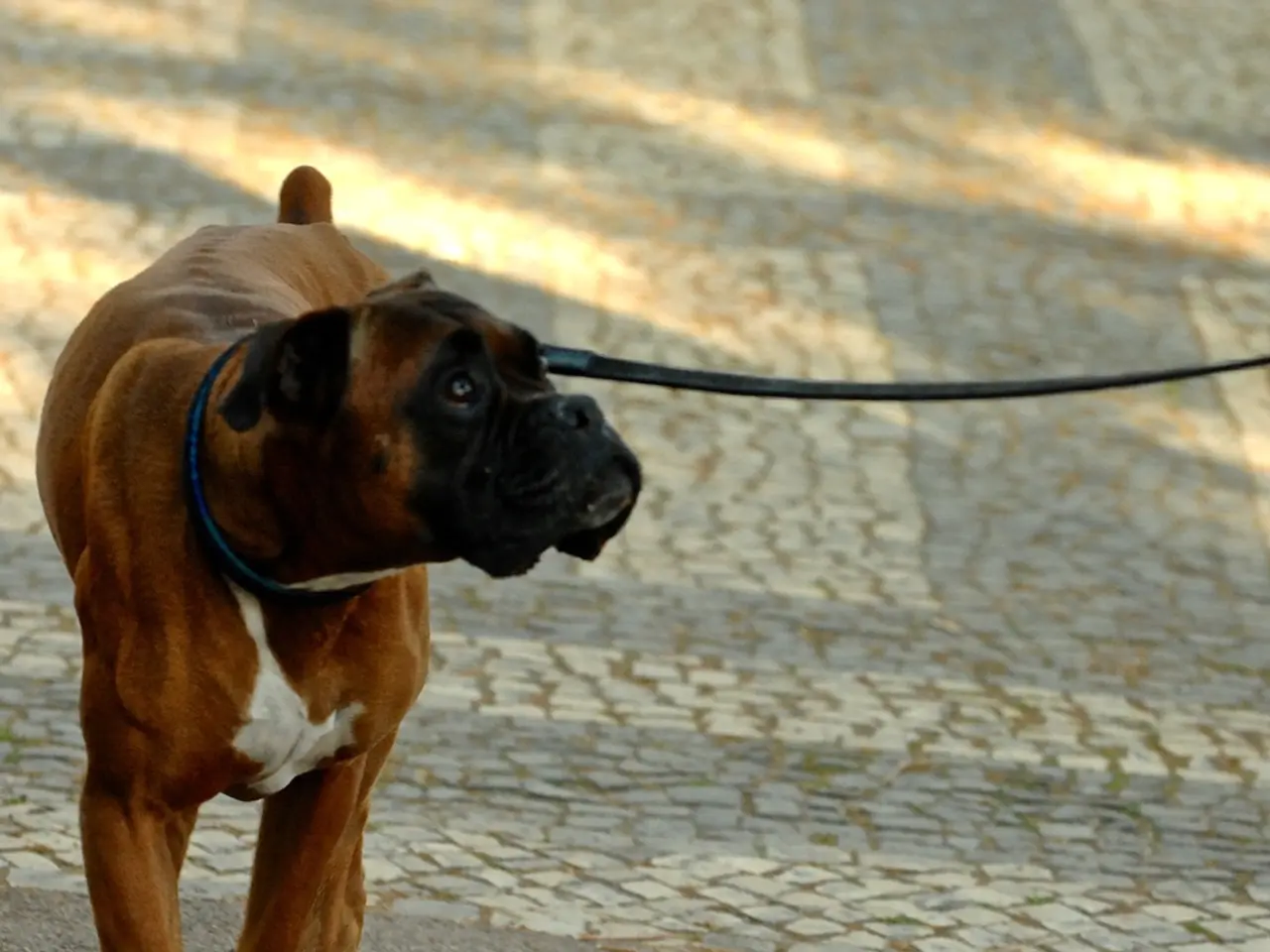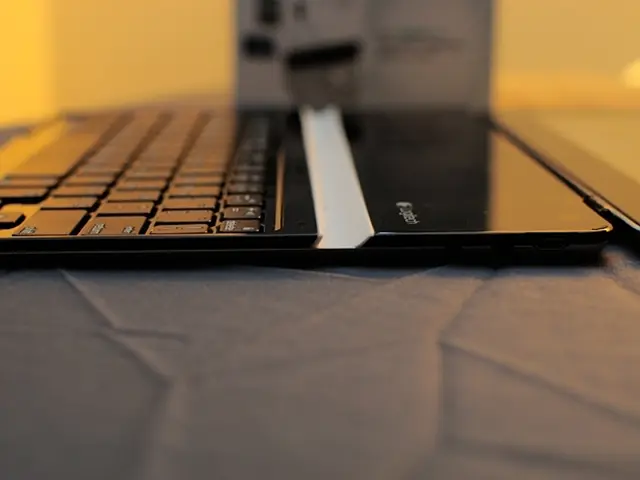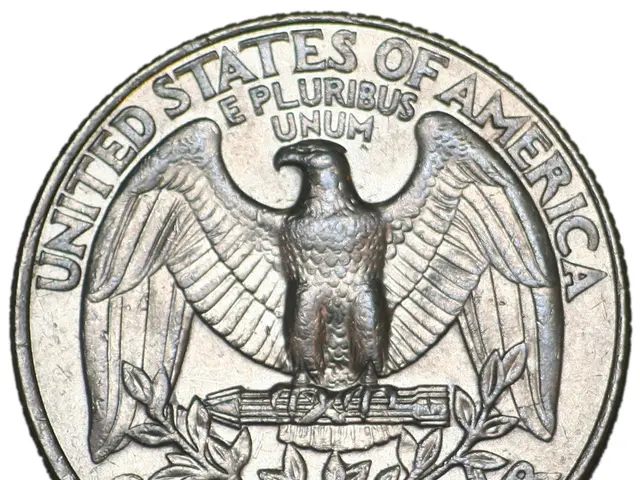Robotic Canine Evolution: CARA, the Mechanical Pup
In the world of robotics, a new contender has emerged with the creation of a robotic dog named CARA. Built primarily from 3D printed parts and carbon fiber tubes, CARA showcases an innovative design that combines advanced technologies for a lifelike and efficient robotic dog experience.
CARA is powered by a 24V cordless tool battery, and its movement is controlled by 12 large brushless motors and ODrive S1 motor controllers. The control system of CARA is managed by a Teensy 4.1 microcontroller over CAN. These brushless motors are known for their efficiency, reliability, and silent operation, making them an ideal choice for creating a realistic robotic dog.
The leg design of CARA is derived from a gearbox mechanism, previously used by its creator, Aaed Musa, for capstan drives. This design provides high torque and little to no backlash, enabling CARA to move with precision and stability. The leg design allows CARA to move in all three axes, making it a versatile robotic companion.
To make CARA's movement more natural, additional inverse kinematics math was used. Inverse kinematics math enables the leg to move as desired, creating a fluid and lifelike gait. Furthermore, an IMU (Inertial Measurement Unit) was employed to allow CARA to handle inclines, ensuring its stability and balance on various terrains.
Aaed Musa has provided an explanation of his approach on his site and in a video, detailing the structural issues addressed in CARA's printed parts and the further tuning of CARA's walking motion.
While specific details about AI-driven behaviors in CARA are not available, it is common for robotic dogs to use AI to understand and respond to their environment. Examples of AI-powered robotic dogs include TECNO's Dynamic 1, an AI-powered robotic dog inspired by the German Shepherd, designed to mimic real dog behavior.
In conclusion, CARA represents a significant step forward in the development of robotic dogs, combining 3D printing, brushless motors, and advanced control systems for a unique and lifelike robotic companion. As the field of robotics continues to evolve, it will be interesting to see how CARA and other robotic dogs will shape the future of this exciting technology.
The innovative design of CARA, a robotic dog, incorporates a combination of advanced technologies, including 3D printed parts and brushless motors, making it a prime example of the integration of technology in gadgets. With the employment of inverse kinematics math and an IMU, CARA showcases a lifelike movement that resembles that of real dogs, blurring the line between technology and nature.







